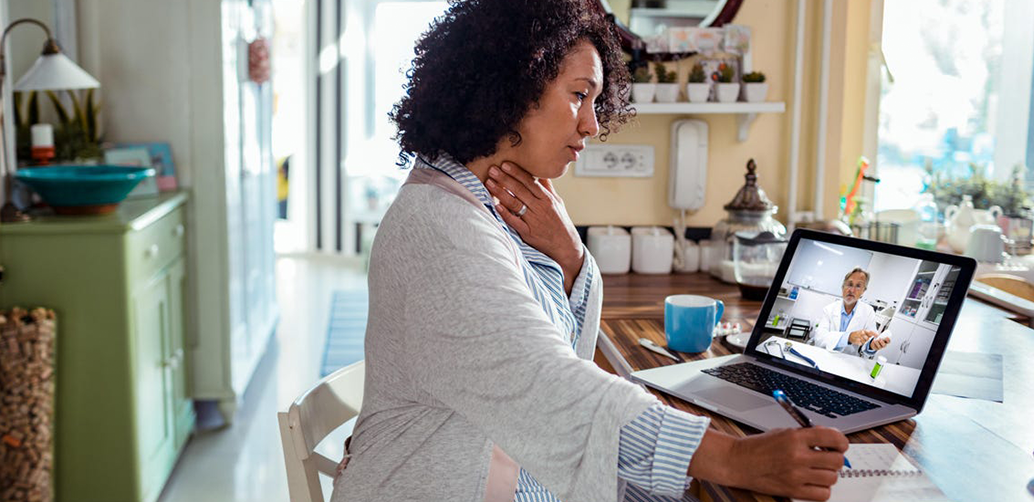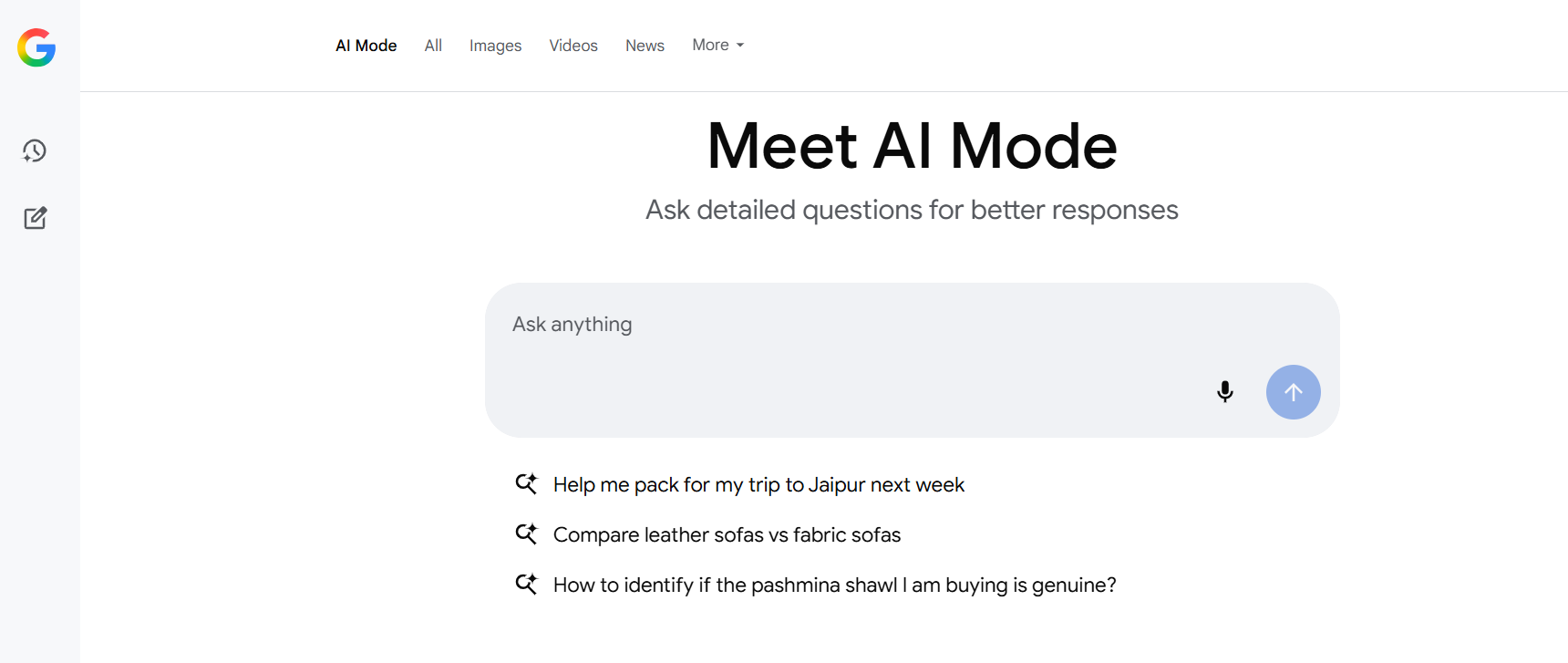For a long time, the healthcare sector relied mostly on traditional diagnostic and treatment procedures worldwide. In most cases, people visit clinics or hospitals for medical consultation, diagnosis and various types of treatment. While video-conferencing-based clinical consultation was an option- it did not gain much traction with the patients. This was partly owing to the age-old belief that nothing is better than face-to-face check-ups and diagnostics. It took an unexpected pandemic to change the notion forever.
The emergence of connected healthcare services
In the 1st quarter of 2020, people in most countries were caught unaware by the Covid 19 pandemic, and it took a while to figure out survival routes. Amidst the chaos and lockdown, people realized the traditional ways of clinical treatment and consultation were no longer the safe and best option for staying safe. Both clinical professionals and the patients resorted to using remote care, also known as the telemedicine system.
The various facets of remote medical care
As the pandemic lingers and the killer virus morphs into newer strains, the medical community is focusing on using remote care systems as far as possible.
- A majority of clinics and hospitals offer real-time video-conferencing services to cover patients who are not coping with critical health conditions.
- The doctors are using dedicated clinical video-conferencing platforms and apps to offer consultation services to patients personally. The number of such clinical video conferencing apps is on the rise.
- The management is deploying Remote Patient Monitoring devices enabled with advanced sensors and cameras in various clinics and hospitals. This enables the doctors and clinical staff to monitor patients dealing with chronic conditions and contagious ailments.
- Both parents and doctors are using wearable devices that detect and show vital health metrics like heart rate, blood pressure, oxygen saturation level and more. These devices can share such data to remote locations through apps and the internet.
All these platforms, apps and devices are interconnected, and the ecosystem is referred to as connected health in clinical terms.
Who can benefit from Remote care setups?
Everyone can benefit by using remote care systems. However, these setups can be of immense help to people with specific needs and conditions.
- Those who are aged and living alone can benefit from remote care services. For many of these individuals, going out for clinical needs can be difficult because of mobility issues and lack of companions. They can consult doctors sitting in the comfort of their homes and share health metrics using wearable devices instantly.
- People who are recovering from a surgery or serious ailment and staying at home for that period can avail remote care services. For them, using online diagnosis is better than visiting clinics in fragile health conditions. They also need to rely less on caregivers when they use remote monitoring and healthcare services.
- People with weak and compromised immune systems feel scared about visiting clinics and doctors in a pandemic situation. They feel the availing app, and video-based medical consultation is a safer and better option.
- People living in remote and rural regions with frugal healthcare services can also benefit from remote care services. For them, travelling to faraway cities is both inconvenient and a costly proposition. The risk of infection is also there in long-distance trips. They can use remote care services and seek expert medical opinions from home at rates that do not tax their wallet.
- The doctors and clinical staff also benefit significantly from using remote care services. It enables them to deal with fewer patients coping with contagious conditions. After all, doctors and staff can also get infected –despite taking the precautions. As fewer patients visit the clinics and hospitals, it reduces the risk of cross-contamination. Overall, they deal with reduced workload and saving time becomes possible.
The hurdles in deploying remote care and connected health services
The immense benefits of remote health care services notwithstanding, a few obstacles make its deployment tedious.
- A section of patients and doctors do not feel much comfortable using digital technology-enabled devices for diagnostics and consultation. The elderly generation of patients find it tedious to get accustomed to using such platforms and devices.
- The lack of uniform, fast internet connectivity poses a problem in deploying remote care services at times. While Internet access is cheaper than in the past and 4G networks are spreading rapidly, there are regions where slow internet service is still a reality. People living in those regions find it hard to avail remote care services at times.
- For those belonging to lower-income groups, buying clinical wearable devices may not be easy.
- For some healthcare sector entities, deploying remote care systems and investing in new devices can be taxing. Most hospitals are coping with the financial stress induced by the pandemic, and they are not making much profit. Making heavy investments right away may not be viable for some such hospitals and clinics.
However, the good thing is that these obstacles are fading away with rising mass awareness about remote care services. The price of clinical wearable and remote monitoring devices is reduced with time. Campaigns by the govt. and NGOs have helped make people aware of using remote care services instead of typical healthcare services when possible. Surveys carried out in recent times have revealed a growing percentage of doctors and patients expressing satisfaction with remote care services.
What should be the future of remote health care looks like?
Despite the arrival of multiple vaccines, the pandemic will not vanish anytime soon, as the medical experts have cautioned. Even if it is brought under control, the importance of remote care services will not diminish much.
Medical experts opine that remote care will not replace conventional modes of diagnosis and treatment, but it will be used as complementary to the latter. It will be deployed where using conventional modes of treatment is not compulsory. However, certain hurdles need to be smoothened before they can be made a permanent component of the connected healthcare system.
- Different healthcare sector organizations are using platforms, devices, and apps that suit their usage needs and according to the situation. There is no universal standard or protocol in place for its deployment.
- The Govt needs to step up measures to spread awareness about the importance and benefits of remote care. Informative and well-made Campaigns, TV programs, and online content should be made on the subject. This will help enlighten the mass on the subject.
- Measures should be taken to make it easier for the healthcare sector entities and patients to adapt to connected health services. Not all health insurance providers cover remote care services in their packages yet. Unless this is ensured, widespread adoption will not be possible.
Wrapping up
The healthcare sector was not exactly a stranger to remote care services, but the pandemic acted as a catalyst and boosted its deployment globally. Its adoption is growing, and people are waking up to the inherent benefits gradually. The regulatory hurdles and certain logistics-related challenges remain. The medical community and govt need to play a proactive role in eradicating these obstacles. Once that is done, it will be a win-win situation for every party involved.

 Web and Full Stack
Web and Full Stack CMS and Frameworks
CMS and Frameworks Online Marketing
Online Marketing Cloud Services
Cloud Services ECommerce
ECommerce Mobile
Mobile



